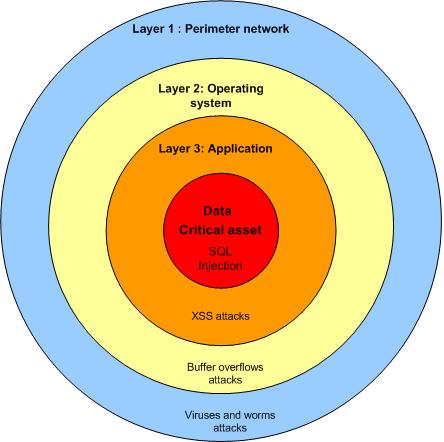What is a Firewall?
A Firewall is the controller of incoming and outgoing traffic between your computer and internet network.
Who should use a Firewall, and for what?
- Those wanting to prevent unauthorized remote access.
- Those looking to block immoral content (such as adult sites).
- Online gamers – at a high risk for getting hacked in online games.
- Business owners and those working from home – at a high risk for getting hacked.
- Anyone not wanting to risk their data and privacy.
Why is a Firewall important?
A Firewall is important for several reasons:
- Promotes privacy
A Firewall blocks or alerts the user about all unauthorized inbound or outbound connection attempts. It allows the user to control which programs can access the local network and internet. - Stops viruses and spyware
- Prevents hacking
A Firewall blocks and prevents hacking attempts and attacks. - Monitors network traffic and applications
It regulates all incoming and outgoing internet users as well as applications that are listening for incoming connections. Moreover, it tracks recent events and intrusion attempts to see who has tried to access your computer.
What’s the difference between a personal and business-grade Firewall?
• A personal Firewall usually only protects the computer on which it is installed, whereas a business-grade Firewall is normally installed on a designated interface between two or more networks (allowing for a greater number of computers to be protected).
• Personal Firewalls allows a security policy to be defined for individual computers, while a business-grade Firewall controls the policy between the networks that it connects.
• Personal Firewalls are useful in protecting computers that are moved through different networks (as the protection is per computer vs. the network). It can be used at public hotspots, allowing the user to decide the level of trust and the option to reconfigure the settings to limit traffic to and from the computer.
• Unlike business-grade Firewalls, many personal firewalls have the ability to control network traffic for programs on the secured computer. For instance, when an application needs to establish outbound connection, the personal Firewall will scan it for safety, block it if it’s blacklisted, or ask for permission to blacklist it if not known.
• Personal Firewalls may also help block intruders by allowing the software to block connectivity where it suspects an intrusion is being attempted.
Risks of not having a Firewall
- Loss of data
- Open access
- Network crashes
Personal computer firewall





